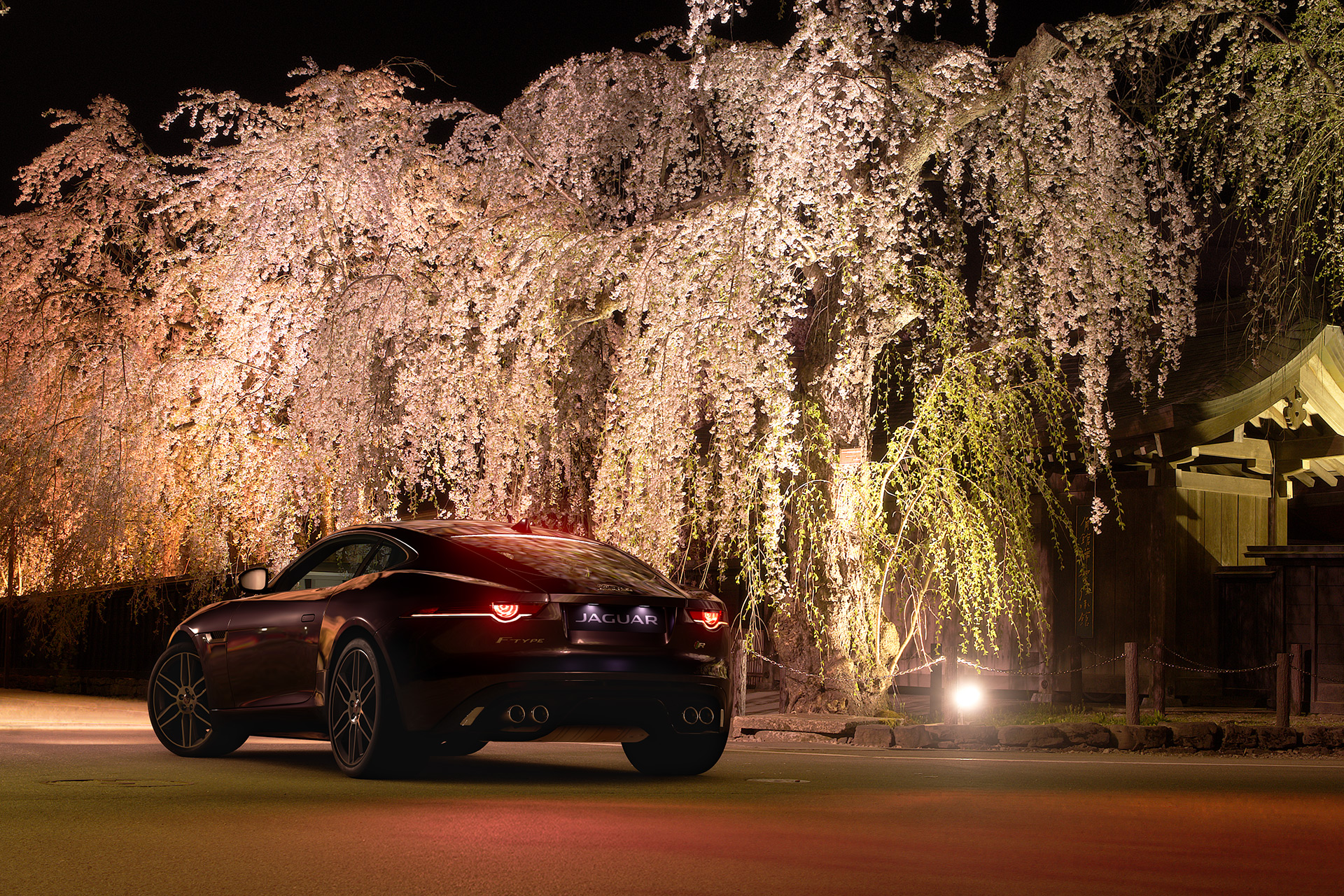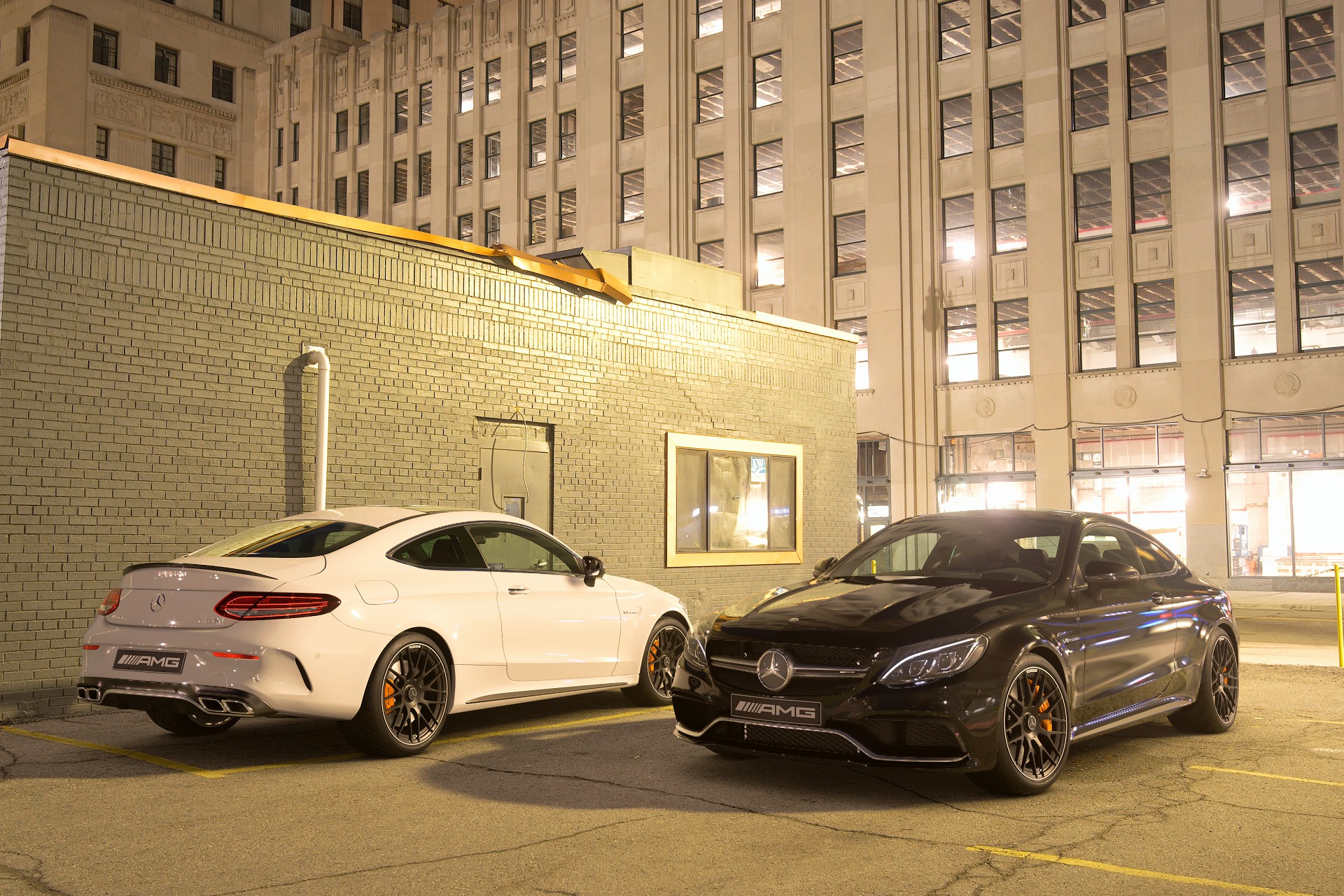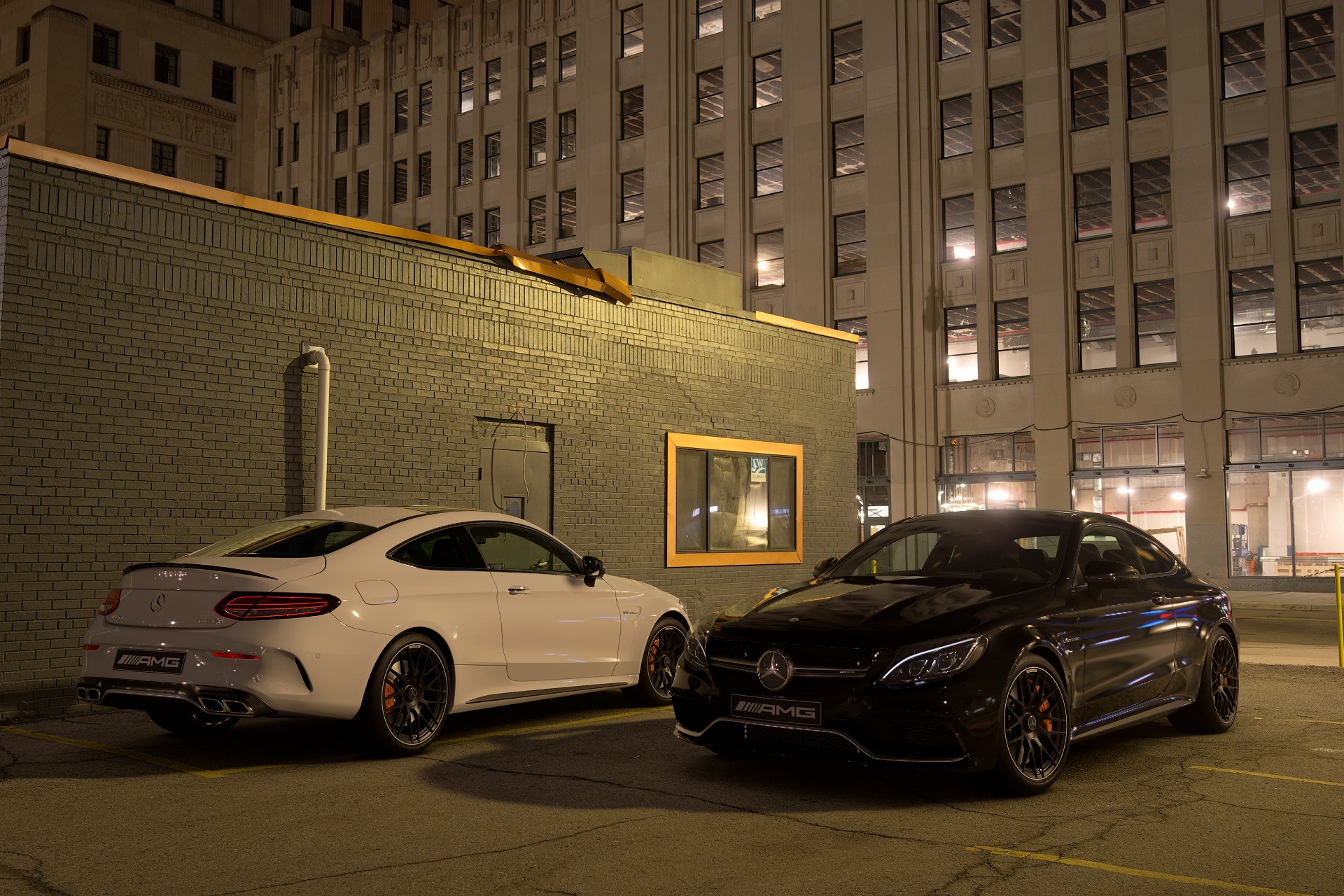Exposure
Photographing cars 6
Overexposure is effective for darker cars, underexposure is effective for lighter cars
The exposure of a photograph refers to the amount of light that strikes the film or image sensor. This can be changed by adjusting the shutter speed and the aperture. Underexposure and overexposure are commonly used terms in photography, and respectively refer to allowing too little light to strike the film (making the image darker) or allowing too much light to strike the film (making things brighter).

When taking photos, your initial aim should be to find the ‘correct exposure’. In other words, you should aim to ensure that your subject is neither too bright nor too dark. However, this doesn’t mean that you will be forced to stick to that exposure once you’ve found it: deliberately over- or under-exposing a subject can open up whole new worlds of possibility.
For example, let’s say you’re photographing a car that has a really beautiful highlighted line along its side. If you were to drop the exposure right down so that the image becomes darker, the highlighted line would stand out even more, becoming the thematic centrepiece of the whole photograph.
The ‘Scapes’ feature serves as a great tool for learning how to control exposure. Because it has such a huge breadth of brightness, ranging from very dark to very bright, you can see how varying degrees of exposure alter your compositions. There are plenty of benefits to be gained from mastering this technique. If you start out by experimenting with overexposure (making the image brighter) for darker cars and underexposure (making the image darker) for lighter cars, you’ll soon come to understand the effects for yourself.
Talking about exposure always makes me think about the 1987 F1 Grand Prix in Brazil. It was the debut race for a Japanese driver called Satoru Nakajima, and I’d gone to the Jacarepaguá circuit, as it was then known, to capture his first race on camera. Before the race started, it was a beautiful clear day, and extremely bright. My light meter didn’t seem to reflect this, however. This was a bit worrying, but I decided to take my photos based on what the light meter said anyway. They turned out to be a bit overexposed. I finally realised that, in the southern hemisphere, even light that seems extremely bright to the human eye doesn’t register as such on light meters. That’s still a bit of a painful memory for me.

- I changed to a three-stage exposure, and compared the reflections on the white body and the black body.

- Generally overexposure helps to express the texture of a black car body.

- With a white car body, even if the image is underexposed, the car’s sense of presence is not diminished.
